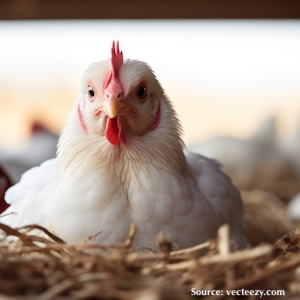Structural design, modeling and simulation analysis of a cage broiler inspection robot

All claims expressed in this article are solely those of the authors and do not necessarily represent those of their affiliated organizations, or those of the publisher, the editors and the reviewers. Any product that may be evaluated in this article or claim that may be made by its manufacturer is not guaranteed or endorsed by the publisher.
Authors
When designing an inspection robot for cage-reared broiler chickens, it is imperative to meticulously contemplate both the performance of the robot within the designated workspace and its energy efficiency. The paper optimizes the structure and energy consumption of the robot by analyzing its working environment and the power usage associated with its lifting and lowering functions. Inspection robots designed for cage-reared broiler chickens are required to operate within densely populated chicken coops, underscoring the critical importance of the structure and maneuverability these machines. This research utilizes a four-wheel skid-steering drive mechanism to facilitate swift and precise turns, empowering the robot to adeptly navigate the confined spaces within the chicken coops. The mathematical description of the robot is based on a static kinematic model to ensure efficient navigation within the enclosed environment. The mechanical framework of the robot comprises a four-wheel drive system crafted from hollow rectangular low-carbon steel bars. This design provides the necessary strength and durability while maintaining a lightweight profile. Additionally, the incorporation of a five-axis mechanical arm, integrated with sensors and a gimbal lifting algorithm, ensures adaptability to intricate inspection spaces, with a focus on energy efficiency. Simulation analysis based on the developed model demonstrates the suitability of this structure for the application of inspection robot for cage-reared broiler chickens, ensuring stable operation within the chicken coops. Furthermore, in an effort to boost the energy efficiency of the robot, an analysis of the power consumption linked to its lifting and lowering functions is undertaken. By integrating energy-efficient design principles and intelligent control strategies, the lifting and lowering functions of the system can reduce energy consumption. This ensures the completion of tasks, prolongs battery life, and ultimately enhances the work efficiency and sustainability of the robot.
How to Cite

This work is licensed under a Creative Commons Attribution-NonCommercial 4.0 International License.
PAGEPress has chosen to apply the Creative Commons Attribution NonCommercial 4.0 International License (CC BY-NC 4.0) to all manuscripts to be published.

 https://doi.org/10.4081/jae.2025.1806
https://doi.org/10.4081/jae.2025.1806



